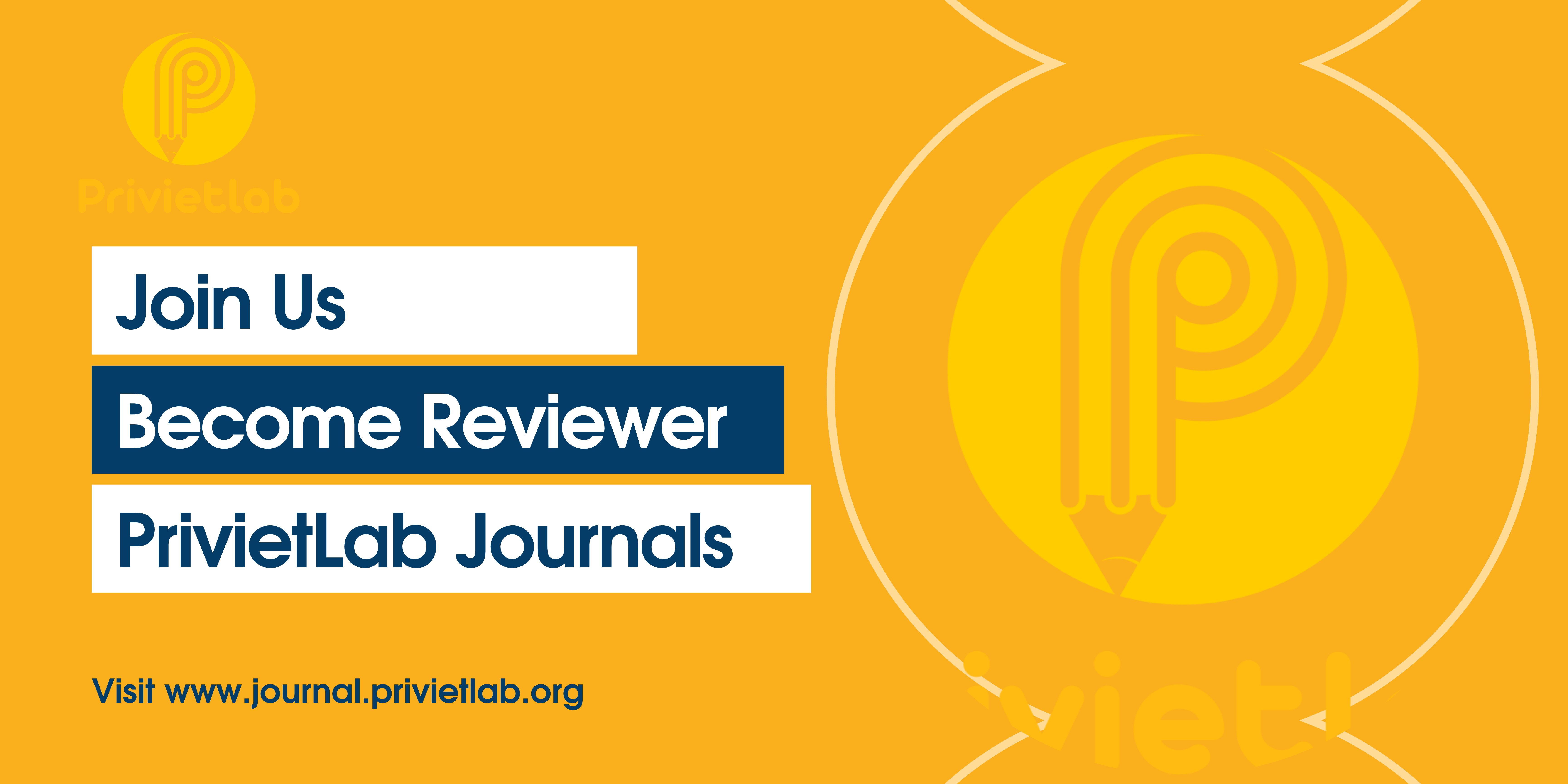Legal protection of Jathilan Lancur Art as a form of traditional cultural expression
DOI:
https://doi.org/10.55942/pssj.v5i8.613Keywords:
Jathilan Lancur, Legal Protection, Traditional Cultural Expression, Cultural Promotion, Gotong RoyongAbstract
This research examines the urgency of the legal protection of Jathilan Lancur art as a form of traditional cultural expression that is vital to the lives of the people of Yogyakarta. Jathilan Lancur not only functions as a means of traditional ceremonies such as merti desa and clean villages that foster mutual cooperation, but also reflects fundamental values in the form of prayer, gratitude, and enthusiasm for life. The legal protection of this art is crucial, based on Law No. 28/2014 on Copyright and Law No. 5/2017 on the Promotion of Culture. These two regulations confirm Jathilan Lancur’s status as a traditional cultural expression (EBT) that must be inventoried and preserved by the state. The research method applied in this study is juridical-sociological, which examines this protection concretely realized through various initiatives and roles of the Head of the Yogyakarta Special Region Culture Office, including inventory, coaching, organizing festivals, strengthening communities, utilizing technology, and developing regional regulations with the active involvement of the community in three kapanewon in Sleman Regency-Cangkringan (through Kridha Turangga Jati Jiwosari), Kalasan (Turangga Agung & Sekar Mudha Turangga). Sekar Mudha Turangga), and Minggir (Turangga Lancur Jati)-led by maestros, are strong evidence of collaboration in maintaining and inheriting Jathilan Lancur. Thus, legal protection is not just a formality but a guarantee of the sustainability of Jathilan Lancur as an invaluable cultural identity.
References
Afifah Kusumadara. (2015). Maintenance and Preservation of Traditional Knowledge and Traditional Cultural Expressions of Indonesia: Protection of Intellectual Property Rights and Non-Intellectual Property Rights. Law Journal, XVIII(1), Yogyakarta: UII. http://law.uii.ac.id/images/stories/Jurnal%20Hukum/9%20Afifah%20Kusumadar.pdf (accessed July 31, 2025).
Agus Sardjono. (2005). Economic Potential of GRTKF; Opportunities and Obstacles in Its Utilization: Intellectual Property Rights Perspective. Media HKI, I(2), February.
Andika Putra Herzani. (2019). The Role of the Government in Inventorying Indonesian Traditional Cultural Expressions. Journal of Law and Development, 50(4), 958.
Atip Latipulhayat. (2014). Roscoe Pound. Padjajaran Journal of Legal Science, 1(2), 413.
Bakhtiar Bandial. (2023, December). Safeguarding Our Traditions through Intellectual Property Rights. The ASEAN Magazine. https://theaseanmagazine.asean.org/article/safeguarding-our-traditions-through-intellectual-property-rights/#:~:text=Copyright%20protection%20is%20usually%20granted,to%20protect%20traditional%20cultural%20expressions. (Accessed July 31, 2025).
B. McKercher. (2020). Cultural tourism market: a perspective paper. Tourism Review, 75(1), 126-129. https://doi.org/10.1108/TR-03-2019-0096.
Budi Agus Riswandi & M. Syamsudin. (2005). Intellectual Property Rights and Legal Culture. Jakarta: RajaGrafindo Persada.
Convention for the Safeguarding of the Intangible Cultural Heritage. (2003). Ratified in Presidential Regulation No. 78 of 2007 concerning the Ratification of the Convention for the Safeguarding of the Intangible Cultural Heritage. Uti Possidetis: Journal of International Law, 1(1), 2020.
Department of Culture and Tourism in cooperation with UNESCO Jakarta Office. (2020). Practical Guidebook for Recording Indonesian Intangible Cultural Heritage. Jakarta, p.6. Uti Possidetis: Journal of International Law, 1(1).
DJKI. (2025). Jathilan Lancur Art. Communal IP. https://kikomunal-indonesia.dgip.go.id/home/explore/cultural (Accessed July 31, 2025).
Djody Riktian Marojaya. (2023). TRIPS Agreement Based on Sociological Jurisprudence Perspective: Case Study of Trafficking of NIKE Brand Fake Shoes in Indonesia. Jatiswara, 38(3).
Edinburgh Tourism Action Group. (2021). Business Opportunities Edinburgh UNESCO City of Literature. https://www.etag.org.uk/wp-content/uploads/2014/05/FINAL-ETAG-City-of-Literature-Guide.pdf (Accessed August 11, 2025).
Eva Juliana Purba, et al. (2020). Uti Possidetis: Journal of International Law, 1(1).
G. Richards. (2011). Creativity and tourism: the state of the art. Annals of Tourism Research, 38(4), 1225-1253. https://doi.org/10.1016/j.annals.2011.07.008. (Accessed August 12, 2025).
Georgescu Paquin, A. (2021). Analyse du data art dans les espaces publics et de son potentiel comme attrait touristique culturel. Téoros. https://journals.openedition.org/teoros/10310.
Janet Blake. (2001). Safeguarding Traditional Culture and Folklore: Existing International Law and Future Developments. Washington DC: Smithsonian Institution, p.149.
Jordi Acros P., Alexandra G. P., & Marta H. S. (2023). The Use of Intangible Heritage and Creative Industries as a Tourist Asset in the UNESCO Creative Cities Network. Heliyon, 9(1). https://doi.org/10.1016/j.heliyon.2023.e13106.
Maria Hernandez. (2024, November). A Balancing Act: Using Intellectual Property to Protect Traditional Cultural Expressions. University of Denver Sturm College of Law and a Technical Editor on the Denver Journal of International Law and Policy. https://djilp.org/a-balancing-act-using-intellectual-property-to-protect-traditional-cultural-expressions/#:~:text=The%20current%20IP%20systems%20provide,communities%20are%20protected%20as%20well. (Accessed July 31, 2025).
Marsudi Dedi Putra. (2015). The Contribution of Sociological Jurisprudence to the Development of the Indonesian Legal System. Scientific Journal of the Faculty of Teacher Training and Education, 16(2).
Raufast, V., Alvarez, H., Druesne, J., Echuguer, M., Ettias, D., Oliver, B., Melbouci, L., & Harrison, G. (2015). Cultural Times: The First Global Map of Cultural and Creative Industries. https://en.unesco.org/creativity/files/culturaltimesthefirstglobalmapofculturalandcreativeindustriespdf.
Rodríguez, L. M. (2019). Experiencias de consumo como nuevos productos turísticos: La promoción de festivales y eventos en la Ciudad Autónoma de Buenos Aires. Revista de Urbanismo, (40). https://revistaurbanismo.uchile.cl/index.php/RU/article/view/52597.
Sylvana Murni D. Hutabarat. (2015). The Development and Protection of Traditional Knowledge and Traditional Cultural Expressions Viewed from the Perspective of Intellectual Property Rights. Juridical Journal, 2(2).
Tourism Research. (2023). Jathilan Lancur Art. https://penelitianpariwisata.id/seni-jathilan-lancur-identifikasi-bentuk-fungsi-dan-perkembangannya/ (Accessed July 31, 2025).
Traditional Knowledge, World Intellectual Property Organization [WIPO]. (2024, October 16). https://www.wipo.int/tk/en/tk/. (Accessed July 31, 2025).
UNESCO (Creative Cities Network). (2021). https://en.unesco.org/creative-cities/home. (Accessed July 31, 2025).
WIPO Booklet No.1. (2005). Reaffirms the definition of EBT: “Traditional cultural expressions, often the products of inter-generational and fluid social and communal creative processes, reflect and identify a community's history, cultural and societal identity, and values.”
Downloads
Published
How to Cite
Issue
Section
License
Copyright (c) 2025 Savira Alfi Syahrin, Richardus Novanto

This work is licensed under a Creative Commons Attribution 4.0 International License.

















